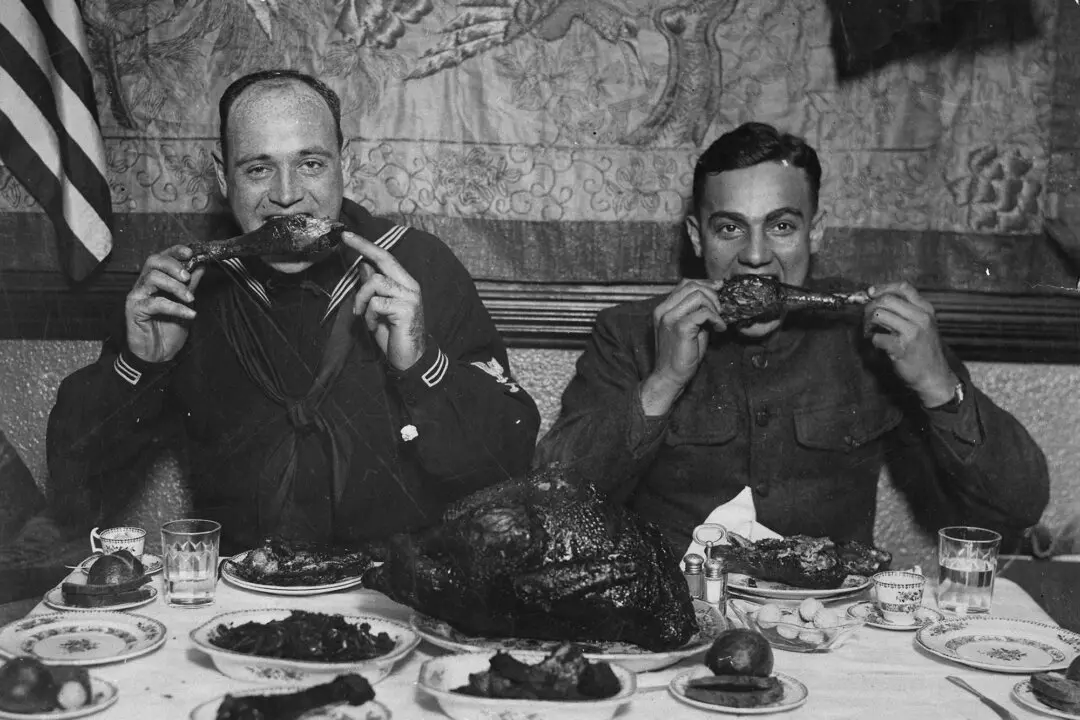“The State of our Union,” Brad Wilcox said in an interview with The Epoch Times, “depends in no small measure on the state of our unions. And as you know, the state of our unions in America today is comparatively fragile, which helps to explain why the State of the Union is comparatively fragile.”
Mr. Wilcox is a professor of sociology at the University of Virginia, the director of the university’s National Marriage Project, and the Future of Freedom Fellow at the Institute for Family Studies.






